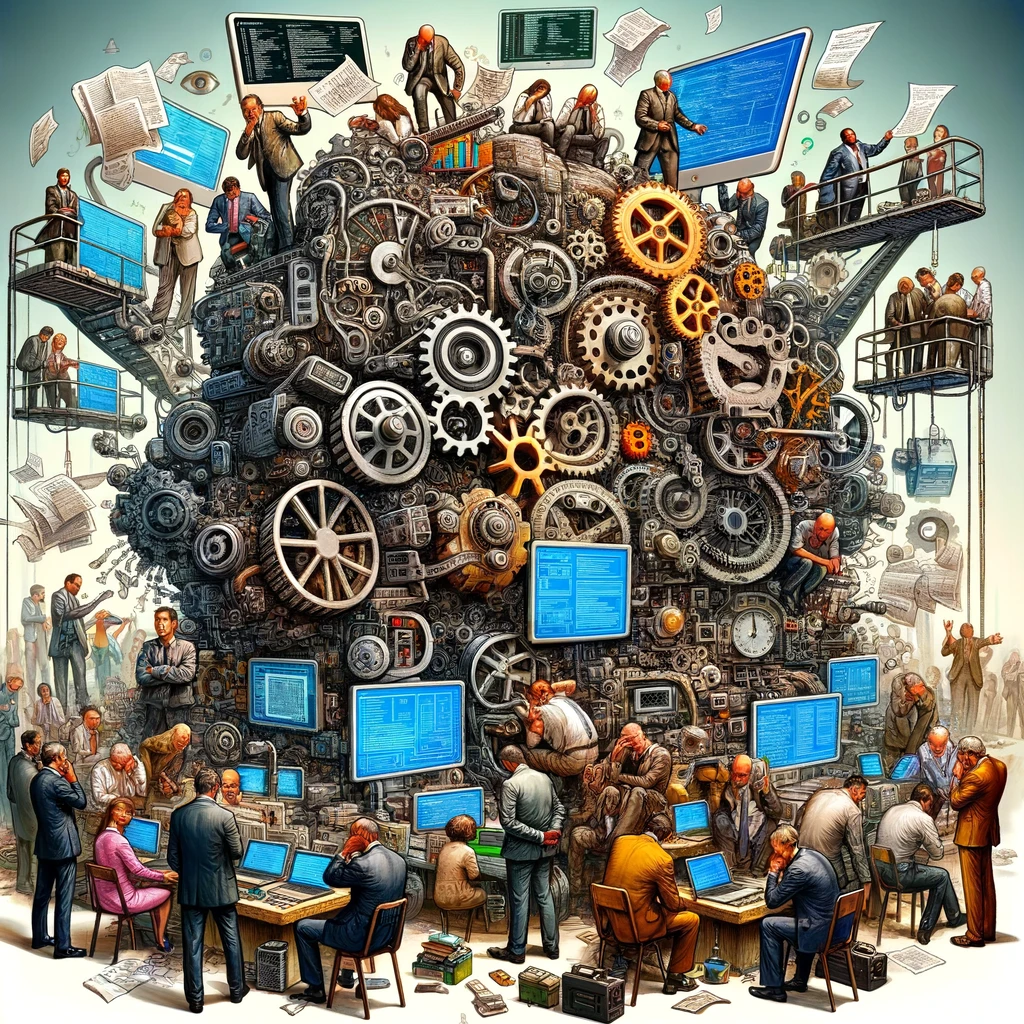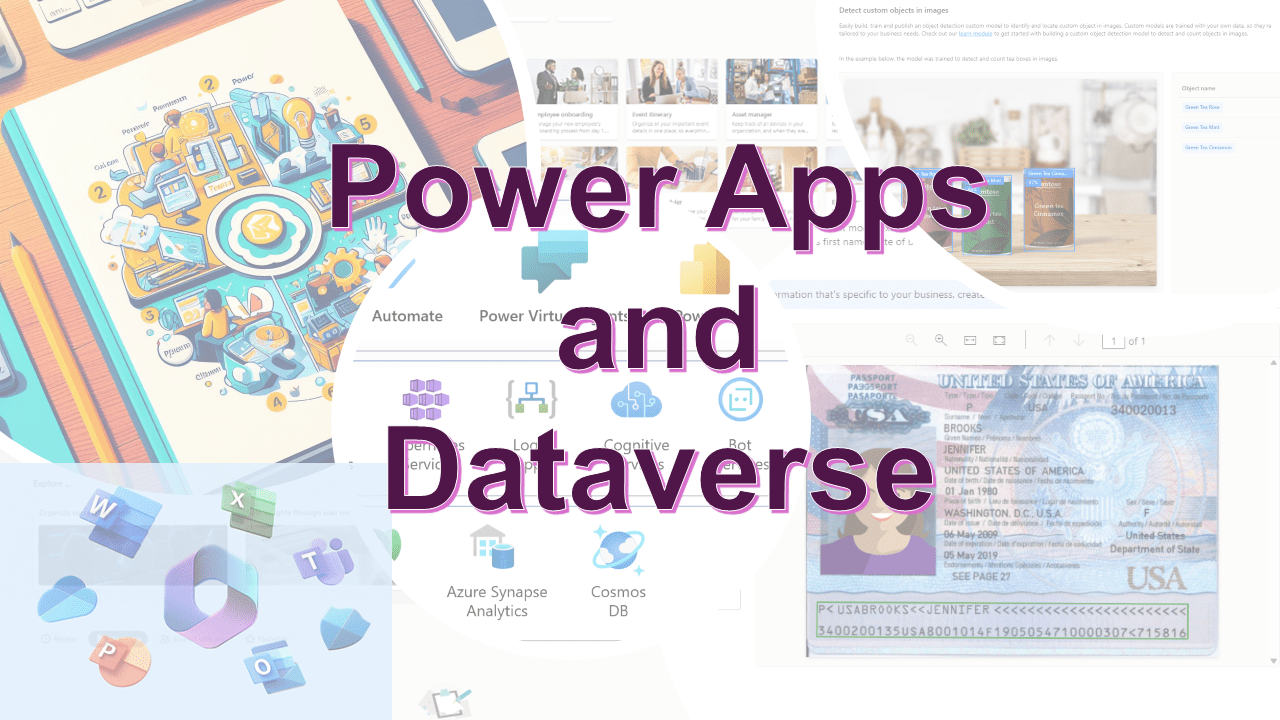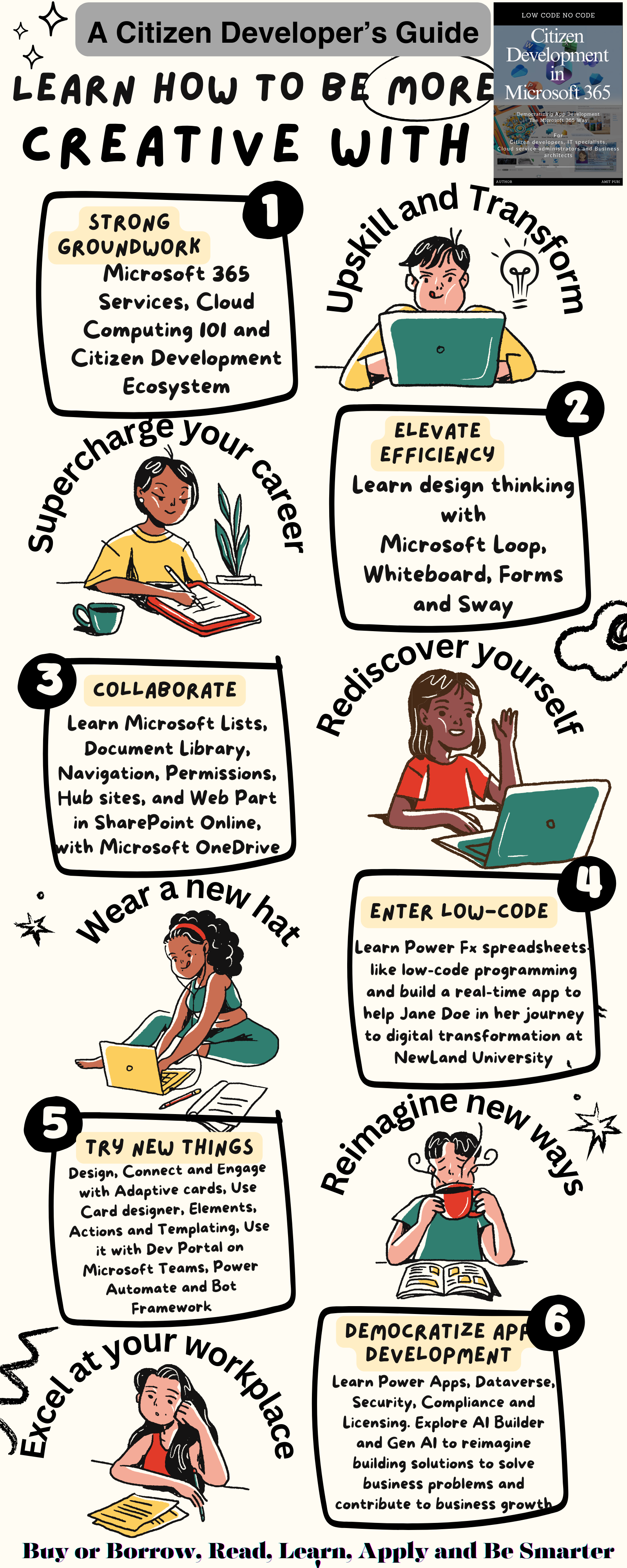Introducing new ideas and technology into big, established systems can be quite a challenge. Imagine trying to update an old, complex machine while it’s still running. These systems are like that – they’re set in their ways, with certain processes, technology, and a culture that doesn’t easily adapt to change. This stubbornness comes from several places: old equipment (think of an old computer that can’t run new software), big money already spent on what’s currently in use, rules and regulations that are hard to navigate, and a general fear of trying something new that might not work out.
To get around these issues, you need a smart plan. It’s like planning a big, complicated trip where you need to figure out where you’re going, how to get there, and who you’ll need help from along the way. This plan should include:
- Careful Preparation: You’ve got to really think things through, understanding the big picture as well as the details.
- Getting Everyone On Board: It’s important to talk to all the people involved, from the top bosses to the everyday users, so everyone understands and supports the changes.
- Taking it Step by Step: Instead of changing everything all at once, it’s smarter to do it a little bit at a time. This way, you can make sure everything still runs smoothly while you’re making updates.
Let’s break it down a bit more:
Challenges to Overcome:
- Stuck in Their Ways: Just like how some people prefer to do things “the way it’s always been done,” big systems have routines and habits that are hard to change.
- Old Tech: Sometimes, the technology being used is out of date, making it tricky to bring in new software or gadgets.
- Not Open to New Ideas: The culture of an organization might resist changes, preferring familiar methods over new approaches.
- Rules and Red Tape: There can be lots of regulations that make it difficult to try new things.
- Fear of Failure: Big organizations often don’t want to take risks, preferring to stick with what’s already working.
Strategies for Success:
- Smart Planning: Like planning a successful mission, you need to think carefully about how to introduce new ideas in a way that works.
- Involving Everyone: It’s crucial to make sure that everyone who will be affected by the changes is involved in the process, ensuring they understand and support what’s happening.
- Gradual Changes: By introducing new things slowly, you can make sure that the system continues to work well, adjusting as you go along.
Bringing in new technology or methods into big, old systems isn’t easy, but with a thoughtful approach that includes planning, involving everyone, and making changes gradually, it’s possible to update even the most stubborn systems. This way, you can introduce new, exciting innovations without causing problems or disruptions.
When integrating new innovations into established systems, it’s important to consider a range of features to ensure successful adoption and implementation. These features can be categorized into technical, operational, and human factors, each playing a vital role in the integration process. Here’s a breakdown of the key features to consider:
Technical Features
- Compatibility: Ensure the new technology is compatible with existing systems. This includes software, hardware, and network compatibility.
- Scalability: The ability of the new technology to scale up or down based on future needs.
- Security: Ensuring that integrating new innovations does not compromise the security of the existing system.
- Performance: The new technology should ideally enhance or at least not degrade the performance of the current system.
- Data Integration: The ability to seamlessly merge new data sources with existing ones, ensuring data consistency and integrity.
Operational Features
- Reliability: The new technology should be reliable and available when needed, without causing unexpected downtimes.
- Efficiency: It should improve efficiency, either by automating manual processes or optimizing existing operations.
- Maintainability: Consider how easy it is to maintain the new system, including updates, patches, and troubleshooting.
- Cost-effectiveness: Analyze the cost implications of the new technology, including initial investment, operational costs, and potential savings.
- Regulatory Compliance: Ensure the new innovations comply with relevant laws, regulations, and industry standards.
Human Factors
- User Experience (UX): The new technology should offer an intuitive and user-friendly interface, making it easy for users to adopt and use it effectively.
- Training and Support: Consider the training needs for users and IT staff, including ongoing support and documentation.
- Change Management: Strategies to manage resistance to change, including stakeholder engagement, communication plans, and feedback mechanisms.
- Cultural Fit: The innovation should align with the organization’s culture and values, supporting rather than disrupting established norms.
- Leadership and Vision: Strong leadership to champion the innovation, providing a clear vision and direction for its integration.
Sustainability and Environmental Impact
- Sustainability: Consider the environmental impact of the new technology and its contribution to the organization’s sustainability goals.
- Energy Efficiency: Evaluate the energy consumption of the new technology and its effect on the organization’s carbon footprint.
By carefully evaluating these features, organizations can better prepare for and navigate the complexities of integrating new innovations into their established systems, ensuring a smoother transition and greater chances of success.
The Low-code/No-code (LCNC) revolution, coupled with the rise of Citizen Developers, has the potential to significantly accelerate the integration of new innovations into established systems. This approach democratizes the development process, enabling individuals without traditional coding skills to contribute to the creation and customization of applications. Here’s how LCNC platforms and Citizen Developers can fuel and fast-track the integration process:
Simplifying Development
- Rapid Prototyping: LCNC platforms enable quick creation of prototypes, allowing organizations to experiment with new ideas and innovations at a faster pace.
- Visual Development Interfaces: These platforms use visual interfaces, which allow users to drag and drop components to create applications, making the development process more intuitive and accessible.
Reducing Technical Barriers
- Accessibility: By lowering the technical barriers to entry, LCNC platforms empower non-technical staff (Citizen Developers) to contribute to the development process, harnessing their domain expertise and innovative ideas.
- Collaboration: Facilitates closer collaboration between IT departments and other business units, ensuring that the developed solutions are closely aligned with business needs.
Enhancing Agility
- Faster Time to Market: LCNC platforms significantly reduce the time it takes to develop and deploy new applications, thereby accelerating the pace at which innovations can be integrated and delivered.
- Iterative Development: They support agile and iterative development processes, allowing organizations to quickly adapt and refine applications based on user feedback and changing requirements.
Operational Efficiency
- Automation of Routine Tasks: Citizen Developers can use LCNC platforms to automate routine tasks and workflows, freeing up IT resources to focus on more complex integration challenges and innovations.
- Custom Solutions: Enables the creation of custom solutions that are tailored to specific operational needs, improving efficiency and productivity.
Risk Management
- Compliance and Governance: Many LCNC platforms come with built-in compliance and governance features, helping organizations to maintain control over the development process and ensure that applications meet regulatory standards.
- Security: Established LCNC platforms often have robust security features, mitigating the risk associated with deploying new applications.
Empowering Innovation
- Empowering Employees: By enabling employees to develop solutions, organizations can tap into a wider pool of ideas and innovations, fostering a culture of creativity and continuous improvement.
- Bridging the Gap: LCNC and Citizen Developers bridge the gap between the need for technical solutions and the availability of IT resources, ensuring that innovations can be rapidly tested and implemented.
Scalability and Maintenance
- Scalable Solutions: LCNC platforms provide scalable solutions that can grow with the organization, supporting both small-scale experiments and enterprise-wide applications.
- Ease of Maintenance: Applications built on LCNC platforms are generally easier to maintain and update, ensuring they can evolve over time without requiring extensive coding expertise.
In summary, the LCNC revolution and the empowerment of Citizen Developers represent a transformative shift in how organizations approach the development and integration of new technologies. By making development more accessible, enhancing collaboration between IT and business units, and enabling rapid iteration and deployment, LCNC platforms can help organizations to fast-track the integration of innovative solutions, thereby driving efficiency, competitiveness, and growth.






Comments